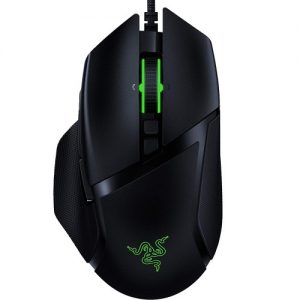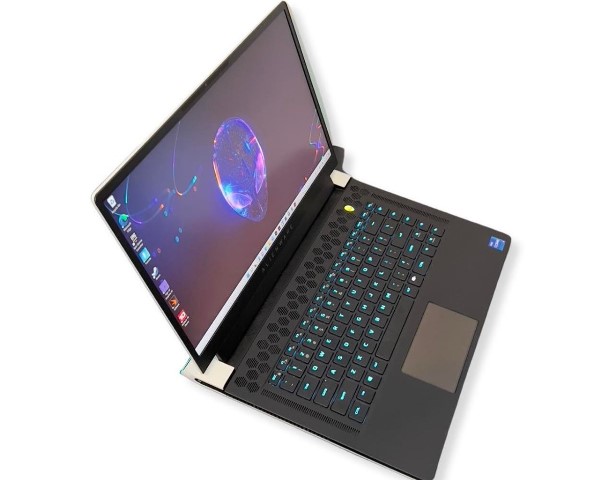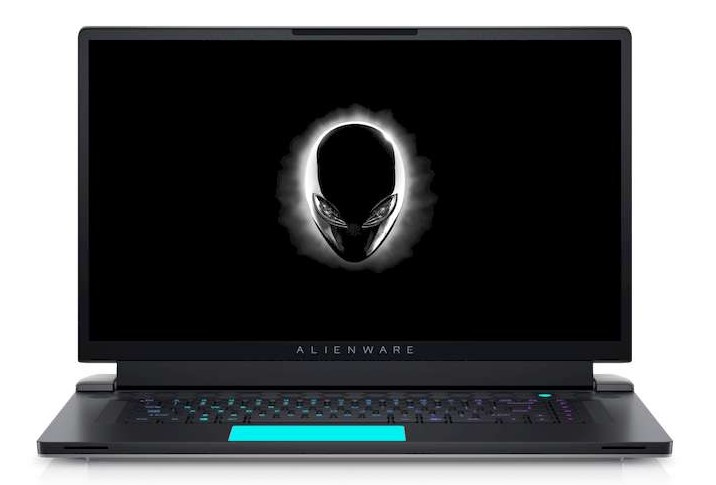
Razer Basilisk V2 mouse review: a world of possibilities
The first Basilisk of the name had received the excellent score of 18/20 when we tested it in October 2018. Water has flowed under the bridges since then and the other players in the sector have also lined up mice with recognized qualities. Does Razer’s FPS-Cut Mouse 2020 still have what it takes to stay at the top of the table?
As with the recently tested Deathadder V2 , Razer opted for a change in continuity since, at first glance, the Basilisk V2 retains the curvaceous design and taut lines of the previous version. Looking more closely, we can see some very present differences.
A thick oblique line with a shiny black finish now surrounds the mouse, separating the upper part (buttons and wheel) from the rest. The modification is purely aesthetic and somewhat reinforces the aggressive lines of the mouse.
Button Adjustment
The mouse sensitivity adjustment buttons positioned behind the wheel have also been revised, more square in shape, the bottom button has its lower side marrying the oblique line mentioned above while the top button rotates to present one of its edges on the user’s finger, making it more easily identifiable in the heat of the moment.
Finally, the grip changes texture and goes from a grooved rubber to a textured rubber identical to that of the Deathadder V2.
We also note that, on the right side, the grip rises a little higher than on the 2018 version. The notched wheel still has a resistance adjustment positioned under the mouse, just like the profile change button.
what the button at this mouse?

Regarding the buttons precisely, in addition to the usual left and right clicks and the two sensitivity adjustment buttons, note the three slice buttons, the profile change button located under the mouse and especially the three buttons on the wheel.
Because in addition to the usual classic vertical click, the wheel of the Basilisk V2 now offers two transverse clicks! A lack noted in 2018 which is therefore filled here, thank you Razer.
On the other hand, we note the usual ambiguity of the number of programmable buttons announced on the product sheet, which can lead to confusion. Note: The Basilisk V2 has 11 physical buttons. Of these 11 buttons, only 10 are programmable, with Razer excluding the left click for obvious reasons. On the other hand, Synapse proposes to add the two front / rear directions of the wheel to the count, bringing the total number of programmable inputs to 12.
We therefore have 11 physical buttons, 10 of which are programmable and a total of 12 possible inputs. Inside, same treatment as for the Deathadder V2: sensitivity now rises to 20,000 DPI via the adoption of the Focus + sensor , Omron switches are replaced by Razer optical switches guaranteed for 70 million clicks, the pads adopt the PTFE to ensure optimal glide and the USB cable is adorned with the house Speedflex braiding.
Fishing compared to the previous version
On the other hand, where the Basilisk V2 is fishing compared to the previous version. it is at the level of the third side button equipped with a paddle that we called “sniper key” during the test of the previous model.
We noticed at the time that the mouse was delivered with 2 pallets of different lengths. In 2020, the Basilisk V2 is only delivered with a single pallet, which is all the more regrettable as this pallet is really at the heart of the novelties offered by this version.
Because indeed, THE novelty to remember on this Basilisk V2 is the Hypershift. The Hypershift?. It is this function which proposes to bring on a mouse what the Shift key does on a keyboard. It therefore allows you to assign a new function to each button pressed as long as the Hypershift button is held.
Concretely, this means that on paper each key can be assigned twice, thus increasing the number of possible inputs to 24. “On paper” because in real use, we already know that the profile change button located under the mouse will not be used much like the two slice buttons which adjoin the Hypershift palette.
The paddle must be maintained by our thumb, indeed difficult to reach the other two buttons without releasing it. Note, however, that the Hypershift function can be assigned to any other mouse button.
What satisfaction to use?
A realistic count would therefore report at least fifteen easily usable inputs which already allows a fairly crazy number of customizations. Capable of satisfying both FPS enthusiasts to whom the original Basilisk was intended, but also of meeting the needs.
Fans of other styles of games, MOBA and STR in mind, without using a specific mouse covered with buttons of all kinds. And here, the management of profiles which may at times seem dispensable takes on its full meaning.
There are indeed many customization possibilities and only the limit of the five profiles that can be saved in the memory integrated into the mouse must be taken into account. Note that the profiles are not limited in Synapse. You can therefore completely create 32 for your 32 favorite games, then alternate them in memory in the mouse according to your playing habits.
Button Customization
As with any Razer product, button customization is handled from within Synapse, alongside sensitivity and RGB lighting settings. In this regard, note that the RGB areas of the mouse do not change compared to 2018. Only the logo and the wheel are affected.
A bit of a shame, the slash that cuts the mouse in half or the slice buttons could also have benefited from a shimmering lighting that flatters the retinas of players of good taste.
As for the grip, no change with the 2018 model, the asymmetrical design of the Basilisk V2 reserves it to the right hand only. The relatively small mouse is always oriented more towards a “claw grip”, with the fingertips.
However, nothing prevents the user from resting the palm on it, even if the big patouns will quickly feel cramped. Also note that in this case the little finger will be directly in contact with the desktop, nothing is done so that it can rest on the mouse.
Conclusion
The Basilisk V2 is therefore a nice update which, if it simply refines the formula already proven in 2018 for the external part. Offers a lot of appreciable new features internally, starting with the Hypershift which increases the possibilities offered by the mouse tenfold.
This is an excellent mouse which, unlike the previous version, aims further than FPS enthusiasts and now targets MOBA and other RTS enthusiasts. A little more fantasy would have been appreciated, but we can bet that additional RGB areas will brighten up the V3, which is sure to raise an already very high level.
Good points (+)
- Materials, finish
- Number of buttons
- Hypershift function which increases the possibilities of customization tenfold
- Wheel with cross clicks (finally!)
- Grips less prone to clogging
- Very comprehensive setting via Synapse
Negative points (-)
- Only one pallet size included
- RGB zones identical to the 2018 version
- Mouse a little small
- Clearly higher price compared to the V1
With the Basilisk V2, Razer offers an excellent wired mouse that is very well finished and pleasant to use. The arrival of the Hypershift and the customization possibilities it offers covers a wide range of uses and will suit FPS fans as well as fans of MOBA or strategy games.

